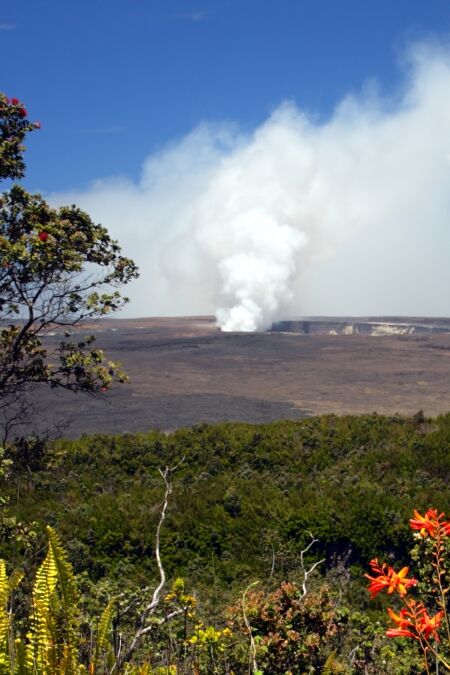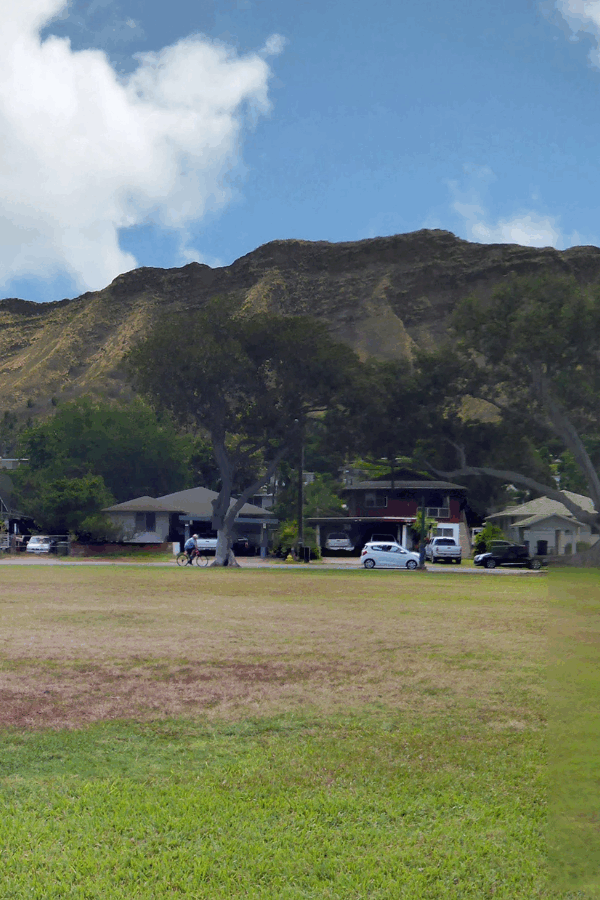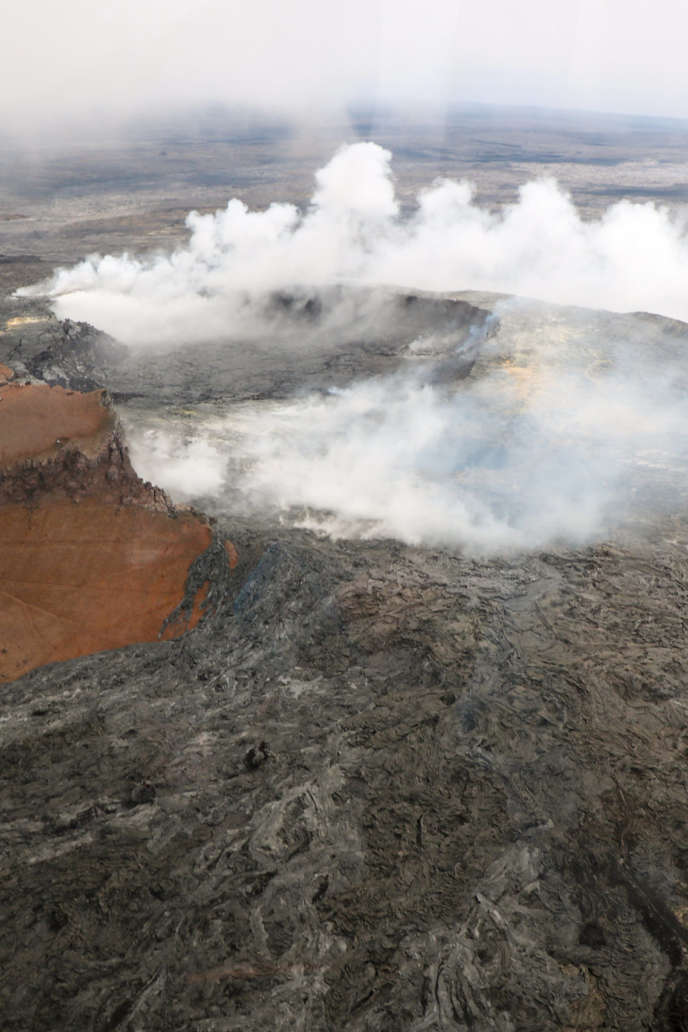Welcome to Puuhonua O Honaunau National Historical Park, a serene sanctuary steeped in Hawaiian history and culture, nestled on the Big Island’s Kona Coast. This sacred site, once a place of refuge for ancient Hawaiians, continues to captivate visitors with its breathtaking landscapes and rich cultural heritage. As a pivotal piece of Polynesian history, the park offers a unique glimpse into the traditional Hawaiian way of life and the spiritual practices that shaped it. Our travel guide delves into the heart of Puuhonua O Honaunau, exploring its historical significance, stunning natural features, and the activities that make it a must-visit destination for anyone seeking to understand Hawaii’s deep cultural roots.
Highlights
- Learn about its cultural significance and the role it played in offering safety for those who broke a kapu (sacred law).
- Participate in cultural demonstrations and learn traditional crafts, games, and practices, such as hula dancing, lei making, and ancient Hawaiian games, providing a hands-on way to experience native traditions.
- Enjoy breathtaking views of the rugged Kona Coast and the serene Royal Grounds, offering perfect photo opportunities and a peaceful environment for reflection.
- Join park rangers on guided tours or talks to gain deeper insights into the rich history, archaeology, and cultural stories of the area, enhancing your understanding and appreciation of this unique historical site.
- Snorkel in the adjacent Honaunau Bay, renowned for its clear waters and abundant marine life, including sea turtles and tropical fish, making it a perfect spot for marine enthusiasts.
- Utilize the park’s picnic areas for a relaxing meal amidst nature. These spots provide a tranquil setting to enjoy the park’s natural beauty and are ideal for family outings.
History
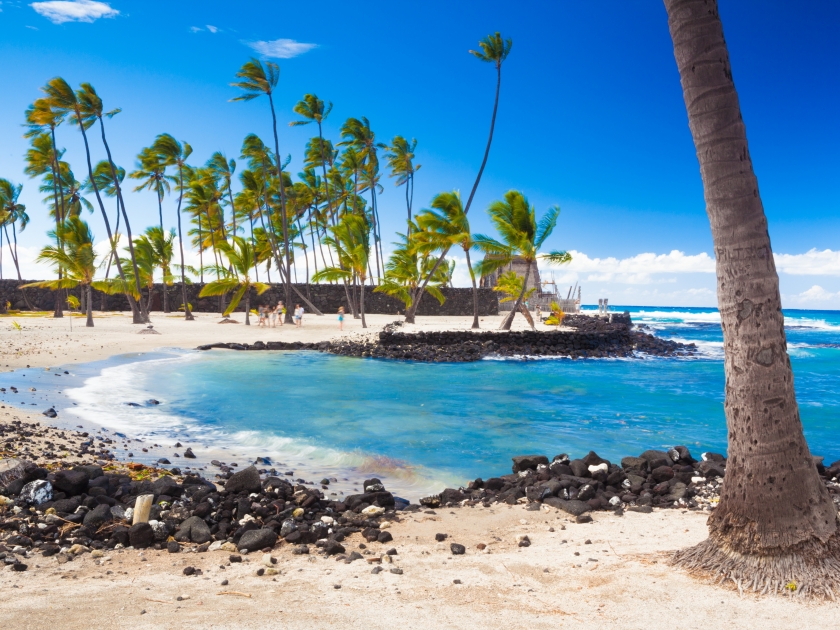
Sanctuary for Lawbreakers
Puuhonua O Honaunau National Historical Park holds a storied place in Hawaiian history as a sacred refuge. For centuries, Hawaiians who violated the “kapu” (sacred laws) found sanctuary within its walls. Those who reached this haven could escape execution, as priests residing there would absolve them, allowing them to reintegrate into society safely.
Royal Grounds
Adjacent to the sanctuary, the area beyond the refuge walls was historically significant as the residence of powerful Hawaiian chiefs. This section of the park served as the political and spiritual hub for generations, highlighting its central role in the governance and religious life of the community.
Decline and Preservation
The traditional kapu system was abolished in the 1800s following the introduction of Christianity, leading to the site’s neglect and disrepair. Recognizing its historical and cultural importance, the area was designated a National Historical Park in 1961. This status has helped preserve its structures and stories, allowing it to serve as a lasting monument to Hawaiian heritage.
Unique Status
Today, Puuhonua O Honaunau is distinguished not only by its rich history but also by its unique cultural significance. It is one of the few places in Hawaii where the Hawaiian flag flies alone, a powerful symbol of its enduring legacy and importance in preserving Hawaiian culture and traditions.
Things to Do
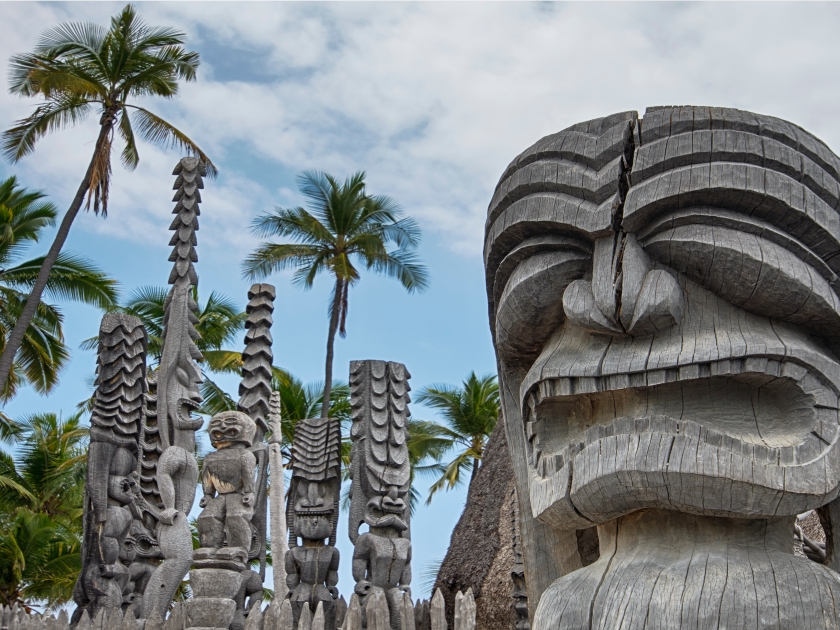
Explore Key Historical Sites
The park is home to several pivotal historical sites, including The Great Wall and the Royal Grounds. The Great Wall, a massive lava rock structure, impressively delineates the sacred boundaries of the refuge. Meanwhile, the Royal Grounds served as the residence for Hawaiian royalty, offering a glimpse into the social and political life of ancient Hawaii. These sites provide visitors with a profound sense of place and time, highlighting the architectural and cultural sophistication of early Hawaiian civilization.
Discover Must-See Artifacts and Structures
Among the park’s treasures are the Ki’i statues, wooden carvings that stand guard around the temple at the heart of the refuge. These statues are significant both spiritually and artistically, representing the bridge between the physical and spiritual worlds in Hawaiian culture. Viewing these statues allows visitors to appreciate the craftsmanship and religious importance of these sacred icons.
Participate in Recommended Activities
Visitors can immerse themselves in Hawaiian culture through various activities offered at the park. Guided walking tours provide in-depth explanations of the site’s history and significance, enhanced by the natural beauty and tranquility of the surroundings. Additionally, cultural demonstrations, including traditional Hawaiian crafts and dance, offer hands-on learning experiences that celebrate and preserve the rich heritage of the Hawaiian people. These activities not only educate but also connect participants to the enduring traditions of the islands.
Tickets and Entry Requirements
Puuhonua O Honaunau National Historical Park requires an entry fee for visitors, with various pass options available for those looking for extended access or frequent visits. These include individual and group rates, as well as annual passes that offer year-round entry. For a more enriching experience, visitors can opt for guided tours, which are available for a separate fee and provide a deeper understanding of the park’s historical and cultural context. Some activities within the park, particularly those involving larger groups or special access areas, may require special permits or reservations. It’s advisable to check the park’s official website or contact the visitor center for the latest information on fees, tour scheduling, and any permits needed for specific activities.
Visitor Tips and Guidelines
- Always approach culturally significant sites with respect. Be mindful of the customs and traditions associated with each area.
- Do not touch any artifacts or historical structures.
- Remain on marked paths to protect both the natural environment and yourself.
- Wear comfortable, weather-appropriate clothing and sturdy footwear suitable for walking.
- Bring sunscreen, a hat, and water to stay hydrated.
- Consider packing a light raincoat or an umbrella for sudden weather changes.
- Use quiet voices near sacred sites to maintain the solemnity of the surroundings.
- Take all trash with you or dispose of it in designated receptacles to keep the park clean.
- Take photos without flash to preserve the integrity of natural and cultural artifacts.
- Always follow safety guidelines and instructions provided by park staff to ensure a safe visit for everyone.
Best Time to Visit
The best times to visit for optimal weather and visitor experience are typically during the spring (April and May) and fall (September and October) months. These periods offer milder weather with fewer rain showers, enhancing the enjoyment of outdoor activities and tours. Summer can be quite hot and crowded, while the winter months might see more rain, although the park remains open. Visitors should be aware that operational hours can vary seasonally, and while the park itself does not close seasonally, certain programs or tours might be adjusted depending on the time of year.
Frequently Asked Questions (FAQs)
Pu’uhonua O Hōnaunau National Historical Park is a historic park located on the west coast of the island of Hawai’i. It was once a place of refuge for ancient Hawaiian lawbreakers and defeated warriors and now serves as a preserved cultural site where visitors can explore Hawaii’s rich history.
The park is located on the Kona Coast of the island of Hawaii. The physical address is 1871 Trail, Hōnaunau, HI 96726, United States.
Visitors can enjoy walking tours of the royal grounds and the Pu’uhonua, view traditional Hawaiian artifacts, participate in cultural demonstrations, and enjoy the beautiful views of the coastline and wildlife.
The park is important because it preserves the location and artifacts of a significant cultural and spiritual site in Hawaiian history. It offers insights into ancient Hawaiian customs, particularly those concerning forgiveness and sanctuary.
Yes, there is a modest entrance fee to access Pu’uhonua O Hōnaunau National Historical Park. The fee covers all activities within the park and contributes to the maintenance and preservation of this historic site.
Yes, guided tours are available at Pu’uhonua O Hōnaunau National Historical Park. These tours are led by knowledgeable rangers who provide valuable historical insights and highlight significant cultural practices associated with the site.
How to Get There
By Car
To visit the park by car from Kailua-Kona, start by heading south on HI-11 for about 20 miles. Look for the sign indicating a right turn to Puuhonua O Honaunau National Historical Park, then proceed approximately 4 miles down to the coast. The park has a parking lot available for visitors.
By Bus
For those opting for public transportation, the Hele-On bus service from Kailua-Kona offers routes that pass near Puuhonua O Honaunau National Historical Park. However, it is important to note that the nearest bus stop is still a few miles away from the park entrance, so you may need to plan for a taxi or rideshare for the final leg of your journey. Always check the latest bus schedules and routes on the Hele-On website, as services may vary seasonally.
Honor and Enjoy the Rich Cultural Heritage
As you plan your visit to Puuhonua O Honaunau National Historical Park, embrace the opportunity to connect with the deep-rooted cultural heritage of this sacred Hawaiian site. Respect for the area’s traditions and history enhances not only your experience but also preserves the integrity of this ancestral sanctuary for future generations. To make the most of your trip, arrive early to avoid crowds, stay hydrated, and use the educational resources available to fully appreciate the historical significance of the park. Remember, it’s a chance to partake in a living history that continues to hold profound spiritual significance for the Hawaiian people.


